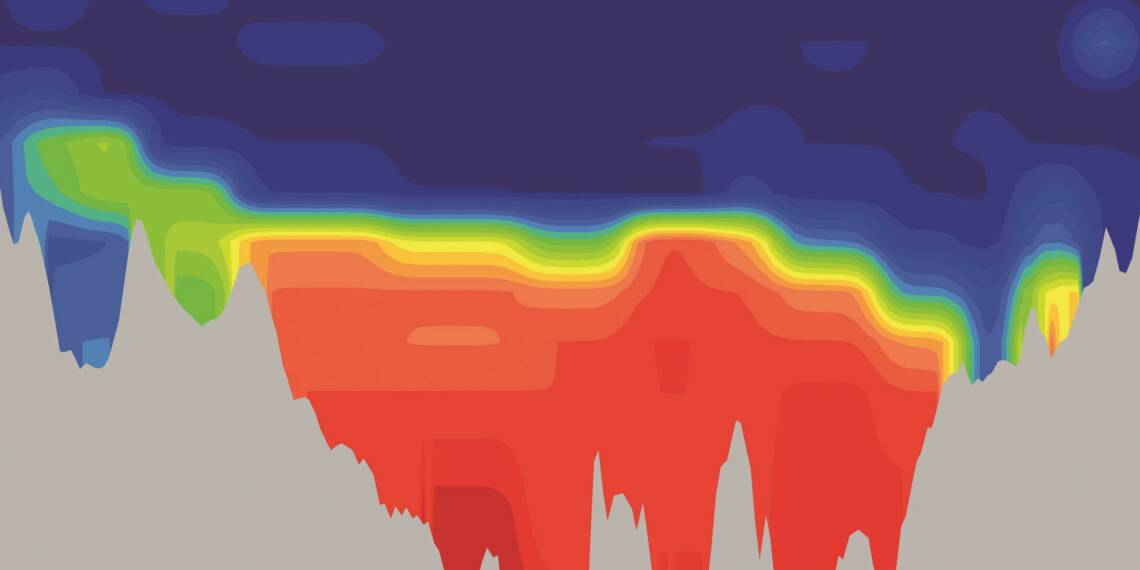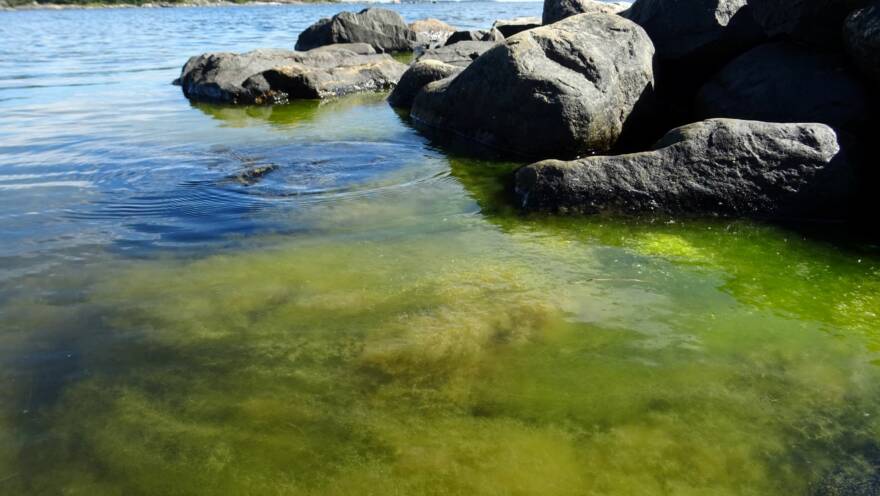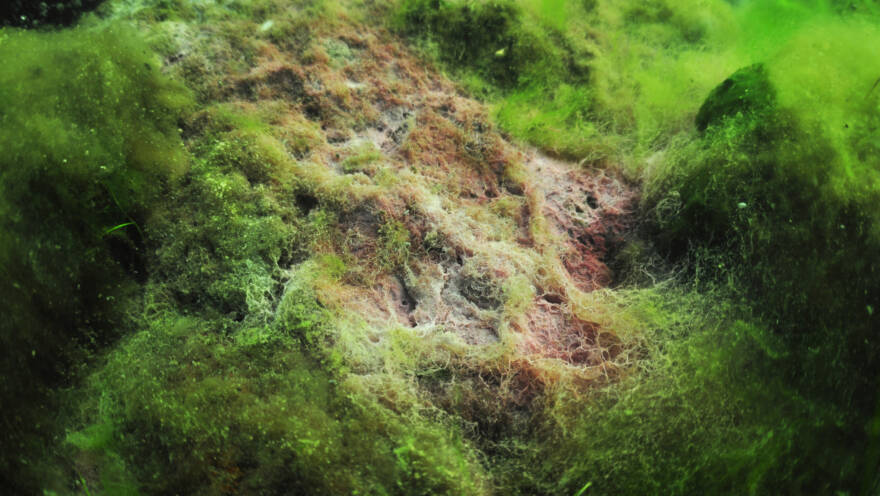
Oxygen content dictates the survival of benthic organisms
The availability of oxygen is a basic condition for the marine food web to function properly. There may be a shortage of oxygen, especially in the deep-water layers and on the seabed in sea areas which are eutrophicated.
Oxygen occurs in a dissolved form in water. The concentration of oxygen is measured in either milligrams or millilitres per litre of water (mg/l or ml/l). In the deepest parts of the Gulf of Finland and the deep basins of coastal waters, the oxygen content is often less than 3 mg/l or 2 ml/l, which is too low for many organisms to survive. The oxygen may become completely depleted in the off-bottom water, particularly in late summer. The deep parts of the main basin of the Baltic Sea are almost permanently devoid of oxygen, i.e. anoxic.
In the Bothnian and Archipelago Seas, the oxygen content of the water layers near the bottom seems to have decreased slightly, especially in the 2000s. The oxygen situation in the Gulf of Finland is currently weaker than it was in the 1990s. This is due to a strengthening of the salinity gradient or halocline, as well as recent saltwater pulses. In the second half of the 2010s, several saltwater pulses flowed into the Baltic Sea, pushing the low-oxygen deep water from the main basin of the Baltic Sea into the Gulf of Finland.
Learn more about the long-term trends or depth variations in the oxygen content in the waters of the Baltic Sea!
-
 Find out more
Find out moreNutrients and oxygen
-
 Find out more
Find out moreAnoxic bottoms